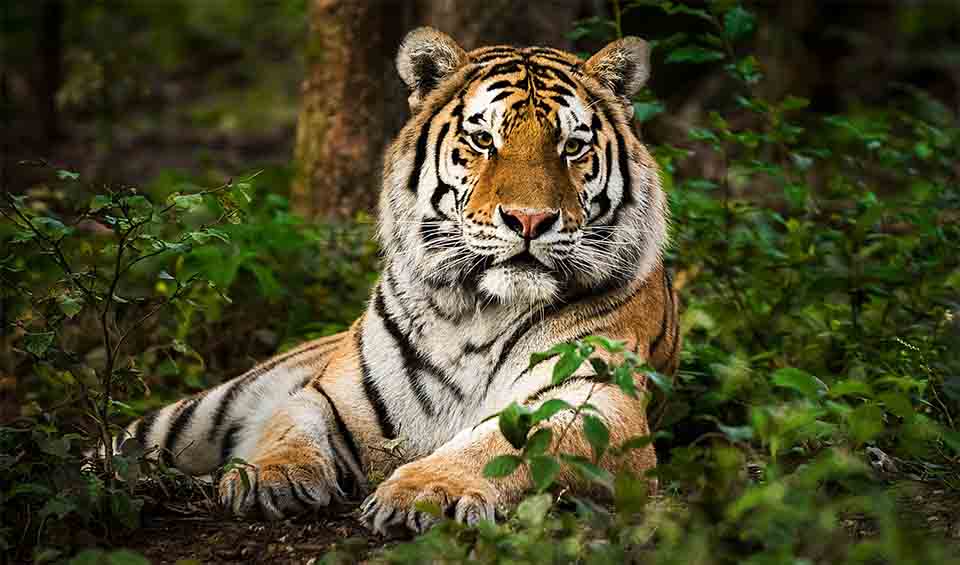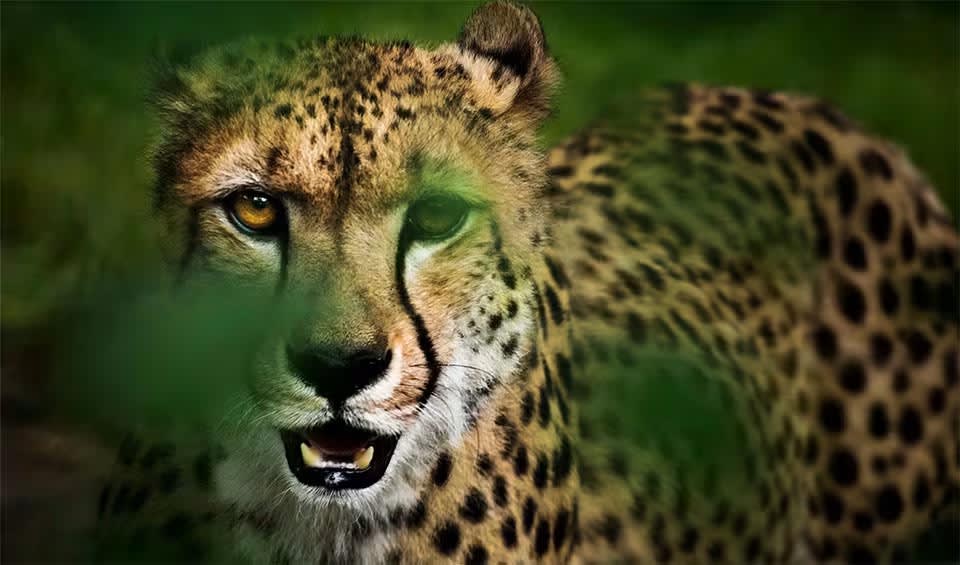A tiny marsupial found only in the southwestern corner of Western Australia, yet it makes a big impression for its size. It has a petite, mouse-like body—often weighing just a few grams—and a long, slender snout that helps it reach into flowers. Three brown stripes running from the head to the base of the tail give it a distinctive look, setting it apart from both mice and the larger, tree-living possums found elsewhere in Australia.
What truly makes the honey possum stand out is its specialized diet. Rather than munching on leaves or insects, it feeds almost entirely on nectar and pollen. It has a brush-tipped tongue perfectly designed to lap up sweet, energy-rich liquid from the flowers of banksias, eucalypts, and other native plants. Because of this unique feeding habit, honey possums help pollinate the very plants that nourish them—a win-win relationship in their ecosystem. They’re often seen scampering among the branches of flowering shrubs and trees, using their sharp claws to climb and their prehensile tails for balance.
Though they have a small geographic range in southwestern Australia, honey possums are locally common in habitats such as scrublands and woodlands. These areas typically feature a diverse mix of plants that flower year-round, ensuring the possums have a steady supply of nectar. As a result, as long as these habitats remain healthy, honey possums are not considered at high risk for extinction. However, loss of native vegetation can spell trouble, which is why conservationists monitor them closely to ensure any potential threats—like land clearing or invasive species—are addressed.
Distribution
 Australia
AustraliaAnything we've missed?
Help us improve this page by suggesting edits. Glory never dies!
Suggest an editGet to know me
Terrestrial / Aquatic
Altricial / Precocial
Polygamous / Monogamous
Dimorphic (size) / Monomorphic
Active: Diurnal / Nocturnal
Social behavior: Solitary / Pack / Herd / Group
Diet: Carnivore / Herbivore / Omnivore / Piscivorous / Insectivore
Migratory: Yes / No
Domesticated: Yes / No
Dangerous: Yes / No




